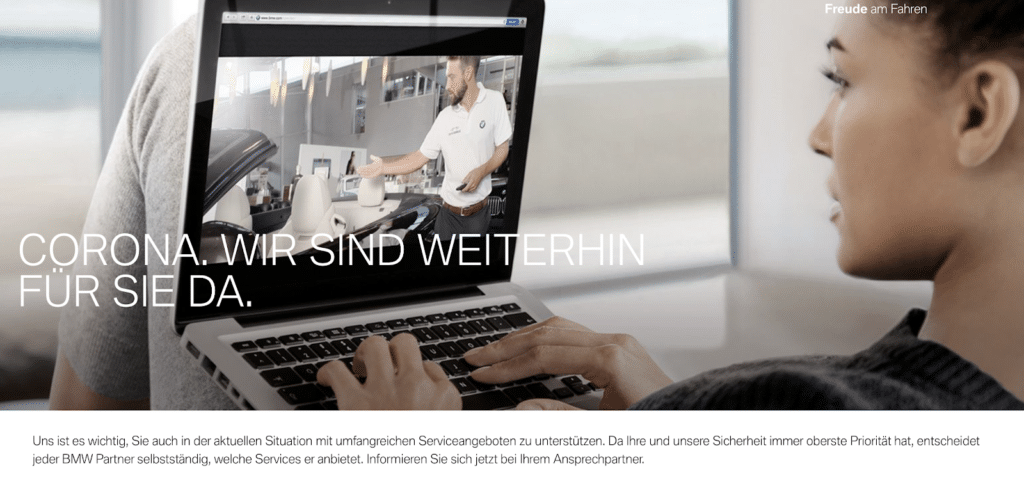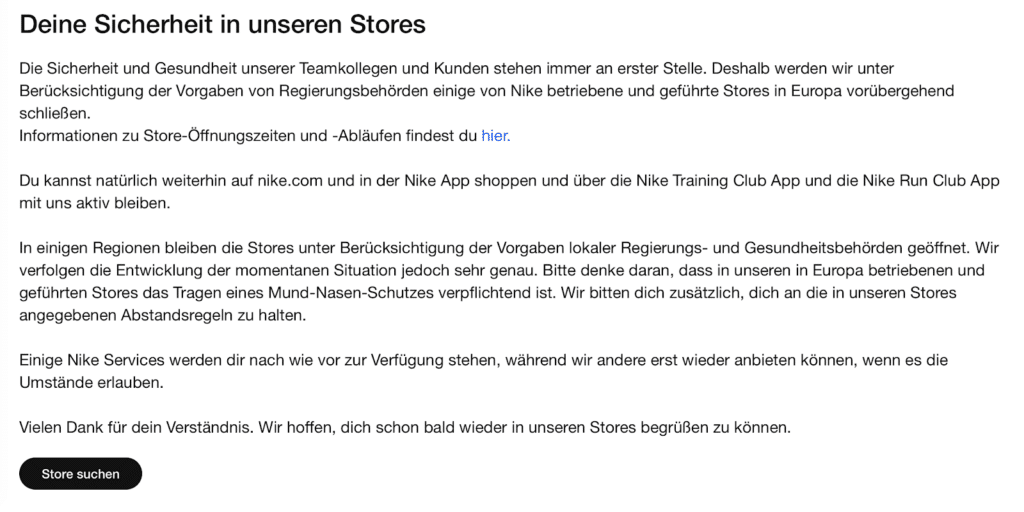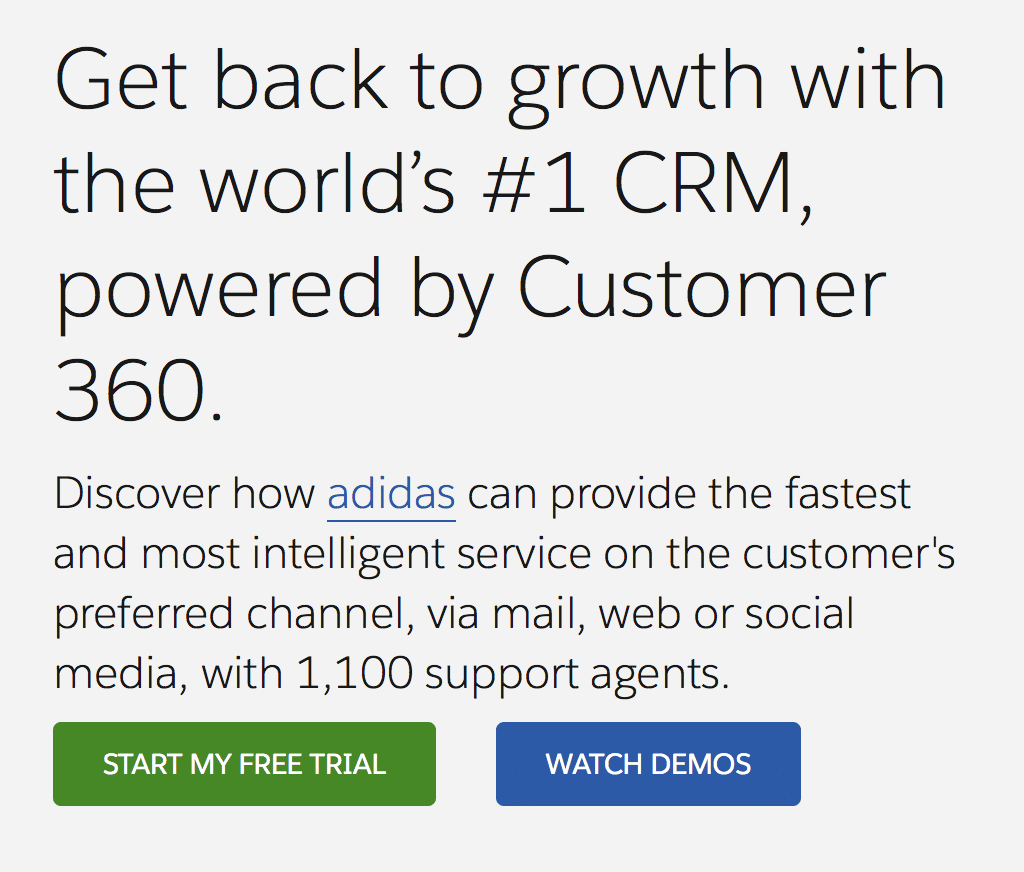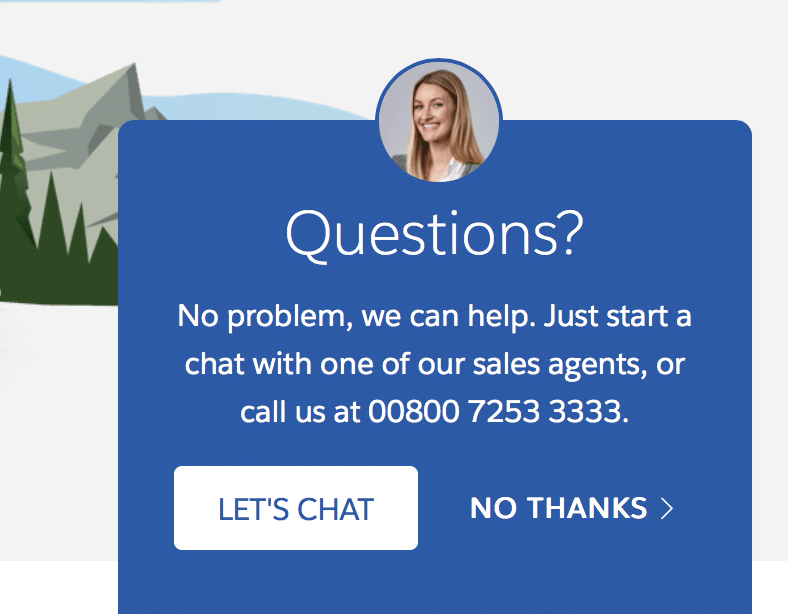Any brand seeking global success should carefully consider its content marketing strategy for Germany and the US: two important players in the international business world, with a vast amount of financial power.
These countries are also hugely influential when it comes to language. English is spoken by over 1.2 billion people around the globe, while German is the most widely spoken language in the EU.
But while Germany and the US may seem to have a lot in common, the same content marketing messages won’t have an equal effect in both. To effectively communicate with target audiences in each country, localization is essential. Read on to learn more about the key differences between German marketing and marketing in the US.
See also: Localization strategy: A guide to growing a global audience
Check out our free interactive worksheet to adapt your brand’s content strategy to local markets:

6 key differences between content marketing in German and US English
There are several fundamental differences in European marketing vs. American marketing, particularly in the way that marketing language is used in Germany and the US. Below we’ll share some tips on how to adapt and localize your messaging for marketing in Germany—whether it’s for your website, social media or ad campaigns.
The points below have been adapted from this article by Mila-Theres Wendland for Pagination, with added input from one of our trusted freelance linguists in Germany.
See also: Where to focus your global marketing localization in 2022
Do you work in global marketing? Sign up for our monthly newsletter for real work-related tales from our international team and insights on localization, global content marketing and everything in-between.
1. Levels of formality
The use of different levels of formality, or linguistic registers, varies greatly between languages. For example, while English only has one word for “you,” German makes important (and sometimes confusing) distinctions between formal and informal speech with du and Sie.
When it comes to creating successful German marketing campaigns, brands vary in how they address their audiences. B2C brands tend to use a more informal tone than B2B brands, and some may use du while others use Sie. It all depends on the relationship the brand wants to create with its target audience.


When translating German marketing materials to English (or vice versa), it’s essential to understand how these markers of formality change the tone of each message. The way you address customers and clients can totally change their perception of your brand—or even alienate them, if you’re not careful.
See also: 5 ways to ensure a quality localization – even if you don’t speak the language
2. Style and focus
Companies in Germany and the United States also differ in terms of their focus. In the article cited above, Wendland observes that many German brands try to build trust by providing detailed information about the specific benefits of their products or services.
American brands, on the other hand, tend to place more focus on “creating a feeling.” They often use descriptive words to evoke a sense of possibility—grow your business, sell smarter, reach new heights—rather than explaining exactly how they’ll help you do this.
This isn’t to say that one approach is better than the other; they’re both viable methods for attracting and convincing customers. You have to keep both of these strategies and styles in mind in order to successfully bridge the gap between the German and American markets.
3. Price vs. quality
According to one of our best freelance writers and translators in Germany, there’s another important difference in the way that German and American brands present their products or services. It has to do with values—both monetary and ideological.
In the US, many brands try to attract customers by promising the lowest price on the market. But in German marketing, quality is always more important than price. The cultural mentality dictates that if something is cheaper, it must not be as good.
As a result, German brands tend to spend much less time promoting discounts, and more time demonstrating the quality of what they’re selling. In other words, it’s not about getting good value “for your money”; it’s about getting good value, period.
See also: Content marketing in Spain vs. the US: 9 key differences
4. Structure and shorthand
It’s vital to organize your website or blog post well—especially for content marketing. But depending on which language you’re writing in, “well-organized” could mean totally different things. It’s easy to find examples of this on German and American websites.
Let’s start with the heading. Wendland says that American websites like to use “short and fun” headings, followed by several descriptive subheadings. But German websites “pack a lot of information right into the heading” rather than relying on catchy slogans and subheadings.
Another interesting difference is how companies use shorthand, and specifically numbers, to sell their services. For example, American brands often use eye-catching claims like “#1” and “24/7.” German brands usually prefer to spell things out: for example, “the leading brand” instead of “#1” and “24-hour support” instead of “24/7.”


Our colleague in Germany adds that companies there tend to prioritize their values and security policies in the structure of their websites. You’re more likely to see an explanation of GDPR compliance or the brand’s history than eye-catching sales numbers or a live chat box. This is particularly relevant in B2B marketing in Germany, where these values and security policies are regarded highly.
See also: Top 7 localization tools to optimize all your digital content
5. Calls to action
All marketers know that a good CTA is essential if you want to convert leads into customers. Wendland examined the call-to-action buttons used by German and American companies, and specifically those on the Salesforce website.
She found that Salesforce’s US site has two versions of a CTA to encourage visitors to get in touch with their sales team. The first is a prominent pop-up window that says “Need help?” The second is a smaller button with the phrase “Let’s chat” and a photo of a sales rep.
On the German version of the site, the CTAs are more straightforward and less prominently displayed. There’s a small button that simply says “Contact” (Kontakt) and one with a photo and a literal translation of “Let’s chat,” (Jetzt chatten) which is cut off by the character limit.



Note: Our colleague points out that this could also reflect a priority for more traditional communication channels over online chat, rather than an intentional linguistic choice.
According to Wendland, there are two main takeaways here. First, American companies tend to prefer catchy CTAs in the imperative form (i.e. “Get in touch”) while German companies would rather keep them short and to the point (i.e. “Kontakt”).
Second, it’s vital to carefully localize every last bit of your website. If you rely on automatic translations, you’ll likely end up with text that’s cut off or doesn’t match the appropriate tone and style for your target market (such as “Jetzt chatten”).
See also: How to localize your website and why it matters
6. Differences in German-speaking regions
While we’re talking mainly about marketing in Germany vs. the US, it’s important to remember that just like not all English-speaking audiences are the same, not all German-speaking audiences are the same. While all countries in the DACH region, including Germany, Austria and Switzerland, speak German, they each have their own varieties and ways of saying different things.
Carlo Speth, chief editor of the DACH region for HolidayPirates, pointed out that you need to find a specific tone of voice for each region. You also have to pay attention to things like the ß character, called eszett, which is used in Germany, but not in Switzerland.
“The purchasing power and demand is also differs in each region. For example, Switzerland is a market where you generally have higher basket values and people spend more money on luxury travel.”
Localize your US and German marketing content
If you want to market your products or services in both Germany and the United States, you’re going to need a solid strategy for both—and that strategy has to include marketing localization.
It’s not enough to simply run your website through Google Translate and hope for the best. You have to consider aspects including formality, focus, style, structure, shorthand and tone if you want to communicate effectively with a global audience.
If you’re creating a digital marketing strategy in Germany, you really need to spend some time doing audience research to better understand how best to connect with a German audience.
This is where transcreation and marketing translation services come in. By consulting native speakers and local experts, you can ensure that your marketing materials are not only accurate and appropriate, but fully optimized to foster a meaningful connection with your customers.
As a global content marketing agency, VeraContent specializes in this kind of work. We’ve built a global team of translators, writers and marketing experts to help your brand succeed across the world—including experts in marketing in German! So, if you’re looking for English and German marketing support, we can help.
See also: Hiring a global marketing manager vs. an agency: How to decide
Examples of successful German marketing campaigns
Below are a few examples of successful German marketing campaigns that we’ve worked on at VeraContent:
- In an effort to help Signaturit increase their presence in the German market, they reached out to us for support with a market research project. We started with creating a series of survey questions in German and then adapted the feedback into a full report. You can see the work sample here and read Signaturit’s client story.
- We’ve localized many social media posts for PopSockets’ German Instagram and Facebook accounts – here’s an example.
- We helped SaaS company Onshape create multilingual subtitles for one of their YouTube videos. They wanted to include subtitles in French, Spanish, German and Italian to make it easier for their target customers and clients based in different markets to be able to watch it.
See more of our German work samples.
Find out more about what we do, including German social media management, and book a call with us.
Are you a German-speaking content creator? Check out our job openings and apply to work with us.
Want to learn more about content marketing localization? Check out these articles:
- How to choose the right multilingual SEO agency
- How to make a blog editorial calendar in multiple languages
- 8 best tools for running an effective multilingual blog
- 10 reasons to run social media in different languages
- 12 multilingual social media tips that really work

